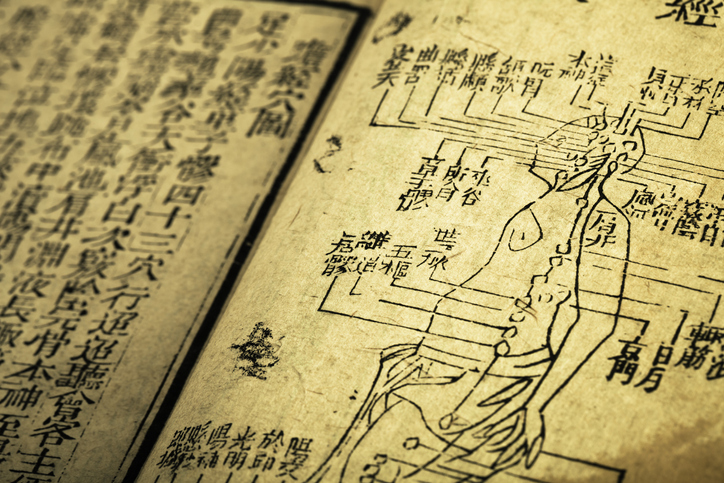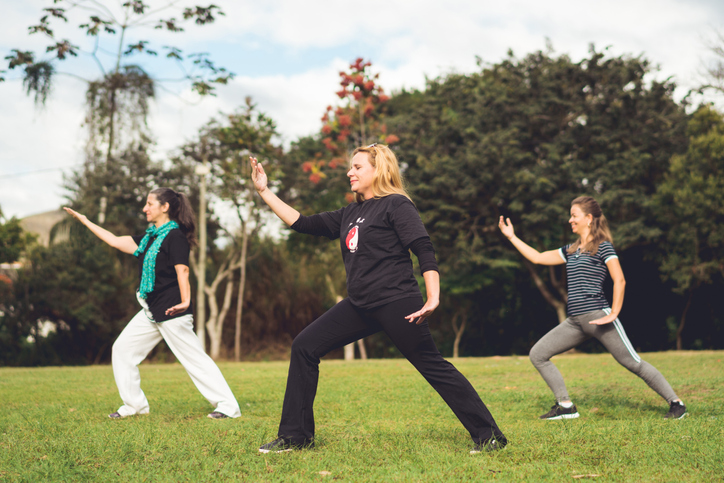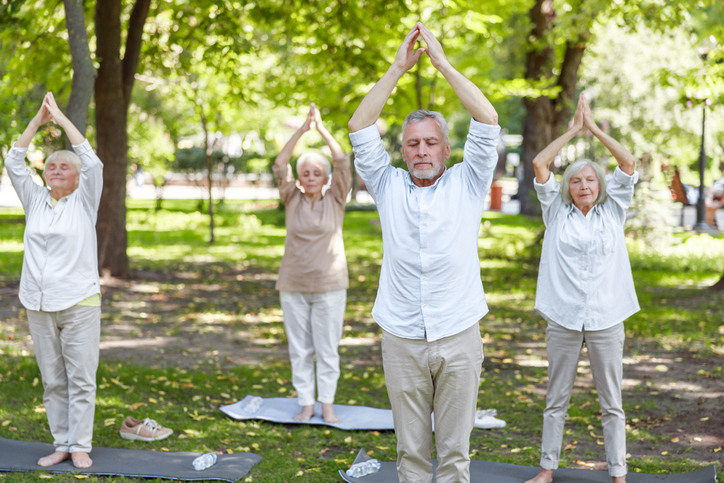Treatments
What to Expect During a Qigong Class

What is Qigong?
Qigong is an ancient Chinese practice that has been used for thousands of years. It is a type of meditative discipline centered around the traditional Chinese medicine belief that Qi, or energy, must flow throughout the body to achieve and maintain health.
The practice of Qigong involves the use of slow, deliberate movements and relaxed breathing patterns to encourage the flow of Qi. This prevents stagnation of the body’s energy, which is thought to lead to health problems. It is also used to help relax the mind.
What does the practice of Qigong involve?
The practice of Qigong is different from other types of meditative movement practices, such as yoga. Therefore, it is helpful to know what to expect when attending a Qigong class or practice session.
Qigong combines slow movement, meditation, and breathing exercises. The practice is typically done while standing, but it can also be done in a seated position if necessary.
The movements in Qigong are low-impact and easy on the joints and muscles. The movement is not fast enough to increase the heart rate, which means it does not serve as cardiovascular exercise. Instead, the main benefits are encouraging the flow of Qi, or energy, and improving circulation, balance, spinal alignment, and strength. No weights are used in a Qigong class. Strength is built by engaging the whole body in gentle movements. These movements also encourage muscle control.
Qigong practice also typically includes meditation. The meditation aspect of Qigong may combine relaxation techniques, breathing patterns, guided imagery, and mindfulness. This can help calm the mind and relax the body.
Qigong is sometimes practiced outdoors or indoors with the windows open. This enhances the Qigong experience by providing a connection with the energy from nature, which is thought to be beneficial for the mind and body.



















